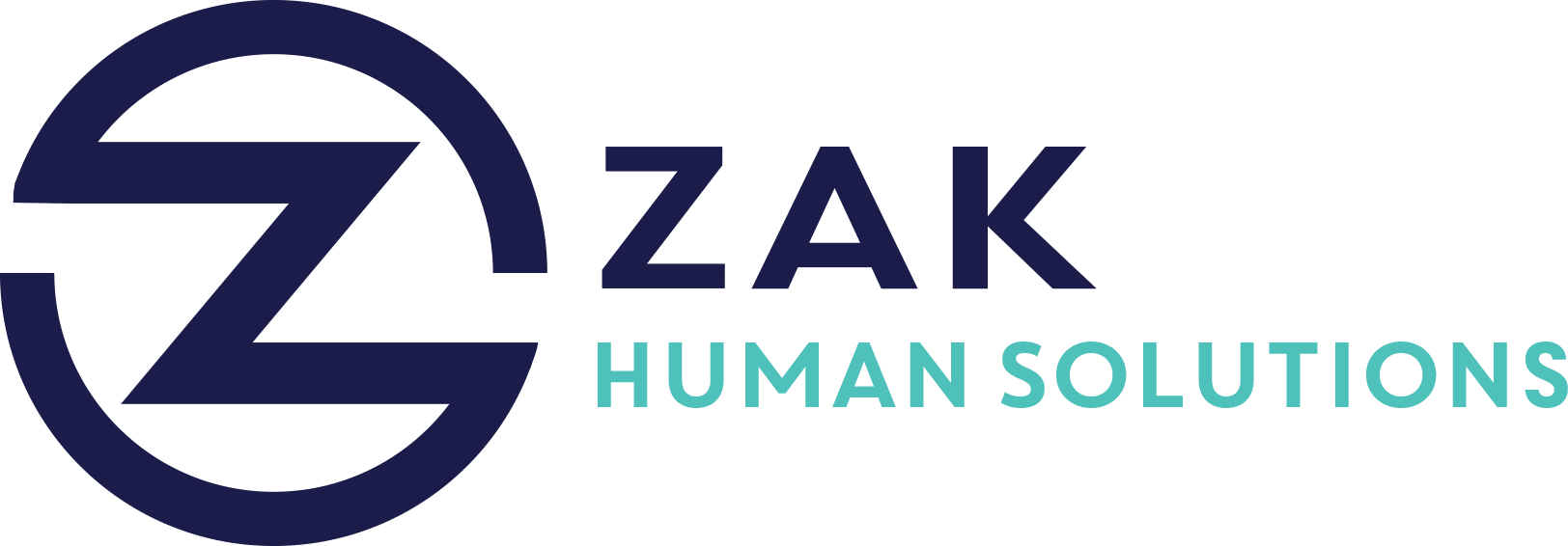Key Takeaways
- Financial incentives such as bonuses and profit-sharing motivate employees by providing a sense of ownership and accountability.
- Customized trophies and awards recognize employees for commitments and exceptional efforts, fostering a positive and cooperative work culture.
- Peer recognition programs enhance camaraderie and mutual respect, increasing engagement and dedication.
- Social media spotlights publically acknowledge employees, increasing morale and external engagement.
- Company swag boosts morale and brand recognition, especially with remote teams.
- Professional development opportunities, like skill certifications, keep employees engaged and invested in their growth.
- Flexible work hours and remote work options improve work-life balance, satisfaction, and productivity.
- Balance days offer extra paid leave for wellness, demonstrating appreciation for hard-working employees.
- Employee welcome gifts create a good first impression, showing that employees are valued from day one.
- Wellness budgets and relaxation spaces promote employee health and productivity.
- Home office stipends support remote workers in creating conducive work environments.
- Team-building activities and company retreats strengthen team bonds and improve collaboration.
- Office parties and catered lunches enhance community and relieve workplace stress.
- A monthly book club encourages continuous learning and development.
- Referral programs leverage employee networks for effective recruiting, with proven high return on investment.
In today’s competitive business landscape, attracting and retaining top talent requires more than just a competitive salary. It’s about creating a workplace environment that motivates, engages, and supports employees in their professional journey. This blog post explores creative and effective employee incentive programs that can transform your organization’s culture and drive success.
Understanding the Importance of Incentive Programs
Employee incentive programs are not merely optional extras; they have become integral in fostering a vibrant and productive workplace. As businesses evolve, so do the expectations of the workforce, requiring organizations to adapt and innovate to meet employee needs.
Financial Incentives: Beyond Just a Paycheck
- Bonuses and Profit-Sharing: Financial rewards, such as bonuses and profit-sharing, are traditional but potent motivators. They instill a sense of ownership and responsibility in employees, leading to increased accountability and dedication.
- Competitive Pay Packages: Ensuring that employees feel fairly compensated for their contributions is crucial in maintaining high levels of engagement and performance.
Cultivating a Positive Work Culture with Recognition
Non-Monetary Recognition
- Customized Trophies and Awards: Recognizing employees through personalized awards for their efforts fosters a culture of appreciation and teamwork.
- Peer Recognition Programs: Facilitating platforms where colleagues can acknowledge each other’s achievements promotes mutual respect and camaraderie.
- Social Media Spotlights: Public recognition via social media not only boosts individual morale but also enhances the organization’s public image.
Fostering Professional Growth
- Professional Development Opportunities: Offering employees pathways for growth, such as skill certifications and training, keeps them engaged and loyal.
- Flexible Work Hours and Remote Work: Providing the flexibility to set personal work schedules enhances work-life balance and productivity, catering to diverse employee needs.
Wellness and Work-Life Balance
- Balance Days and Wellness Budgets: Extra paid leave and budget allocations for wellness activities show that the organization values employee health and well-being.
- Home Office Stipends: Supporting remote workers with home office equipment helps maintain productivity and engagement.
Building Team Cohesion
- Team-Building Activities and Company Retreats: Encouraging collaboration through fun activities strengthens team bonds and improves problem-solving skills.
- Office Parties and Catered Lunches: These events contribute to a sense of community and relieve stress, allowing employees to connect outside of work demands.
Promoting Continuous Learning
- Monthly Book Club: A company book club focused on personal and professional development fosters a culture of continuous learning and idea exchange.
Enhancing Recruitment
- Employee Referral Programs: Leveraging the networks of current employees through referral programs ensures a high return on investment in recruiting efforts, as referred candidates often align well with company culture.
Implementing a well-rounded employee incentive program can vastly enhance your workplace environment, driving both employee satisfaction and organizational success. By recognizing the multifaceted needs of today’s workforce, companies can motivate their teams in diverse and meaningful ways.




